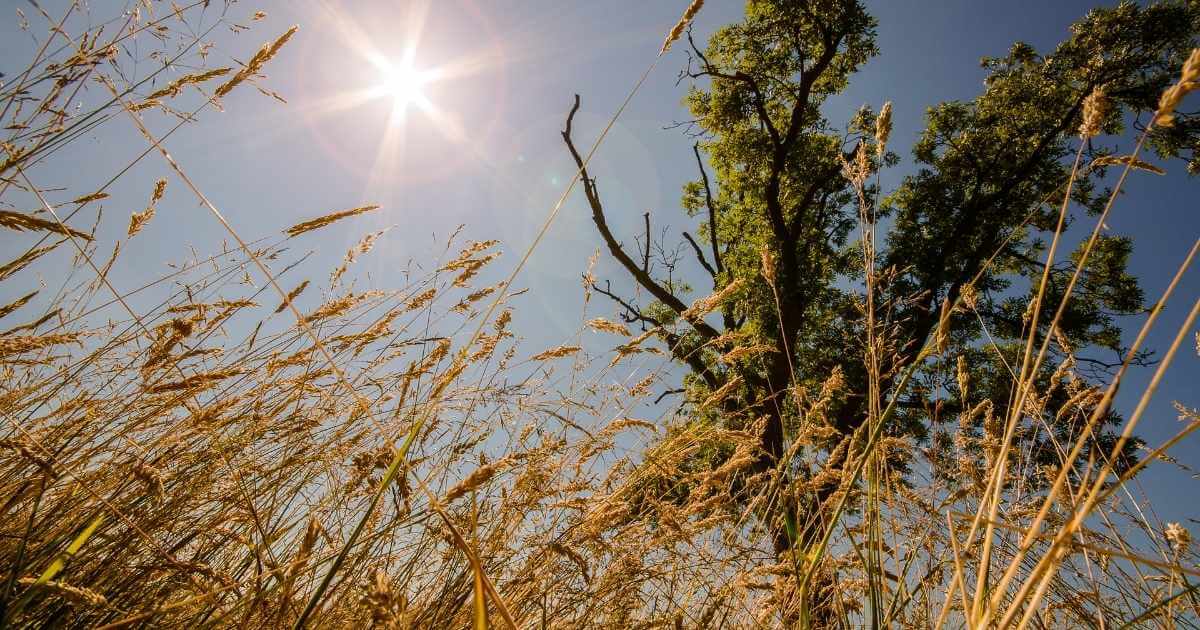
One thing is for certain: Texas weather is as unpredictable as a startled armadillo. Snow one month, rain the next, and triple-digit heat the month after that.
When the temperature suddenly jumps above 100 degrees with little notice, keeping your garden happy, healthy, and productive can be a big challenge.
If you’re new to Texas or worried about your garden during an unexpected heat spell, here are 7 ways to help your garden survive and thrive.
1. Increase watering frequency.
The general rule for
Once temperatures reach 100 degrees, however, certain plants such as vegetables, bedding annuals, and plants in containers will require daily
When in doubt, it’s better to water than not water when temperatures are consistently in the triple-digits.
2. Water deeply in the morning.
This is a practice that you should always adopt no matter how hot it is outside, but it’s especially important when the temperature rises above 100.
Deep, morning
- It prevents loss of water through evaporation. If you water later in the day most of the water will evaporate from the hot soil before plant roots get a chance to absorb it.
- By mid-day, plants are stressed. Stressed plants can’t use water and nutrients as effectively as rested, happy plants can in the morning.
- Deep
watering encourages deeper root systems. Frequent shallow waterings encourage plant roots to stay at the surface of the soil where they are exposed to higher temperatures and fluctuations in moisture. - Watering close to sundown or after dark increases the chances of fungal diseases because water droplets on leaves are slower to evaporate.
3. Consider shade cloth .
For plants that are sensitive to heat or seem to be wilting faster than other plants,
To get maximum temperature reduction but still provide plants with enough sunlight to grow well, look for a 40% to 50%
Shade cloth is an essential supply in our garden shed. We use it to protect tender seedlings while hardening off, and to protect plants from the brutal Texas summer heat. Shade cloth can reduce ambient temperatures by as much as 15 degrees.
4. Reduce fertilizer .
The consistent application of a balanced, organic
Under stressful conditions, plants need to allocate as many resources as possible towards survival.
When the forecast calls for consistent triple-digit temps, reduce the frequency of
5. Add another layer of mulch.
Mulch is a multitasking superhero in the garden. Mulch is fantastic because it…
- Conserves moisture
- Cools the soil
- Prevents disease
- Suppresses weeds
- Reduces pest pressure
- And adds nutrient-rich humus to the soil as it breaks down
If you still haven’t mulched your garden by the time high summer temperatures arrive, it should be the very first thing that you do.
If you’ve already mulched your garden (congrats!) then take a moment to measure its depth. To maximize
We recommend hardwood mulch because it is long-lasting but still lets the soil “breathe”. Plus, it’s economical and easy to find.
6. Move containers to shadier locations.
When high temperatures arrive, you might consider moving containers out of any locations that receive harsh, direct sun in the late afternoon. The ideal location for containers in hot weather is a location that receives morning sun and afternoon shade.
Containers will also benefit from a layer of mulch on the soil surface to reduce moisture evaporation and keep the soil cool.
7. Check for plants that are still wilted after sundown.
Some plants will naturally wilt a bit in the middle of the day but perk up after sundown. Sweet potato vine and summer squash are two good examples.
There is cause for concern, however, if a plant wilts during the day but doesn’t perk back up after sundown. This is a good indication that the wilting is a sign of more severe stress.
Once the sun goes down, check for any plants that are still wilted and give them a long soak.
- New Plant I’m Testing: Kitchen Minis™ Bonsai Basil - April 24, 2024
- Resilient Perennials I’m Adding to My New Landscape - February 28, 2024
- 5 Ways to Enjoy Beautiful Fall Weather in DFW - October 18, 2023

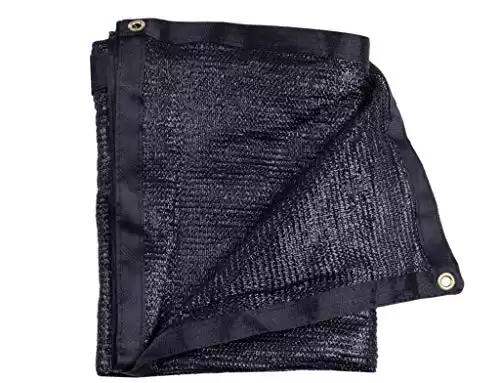
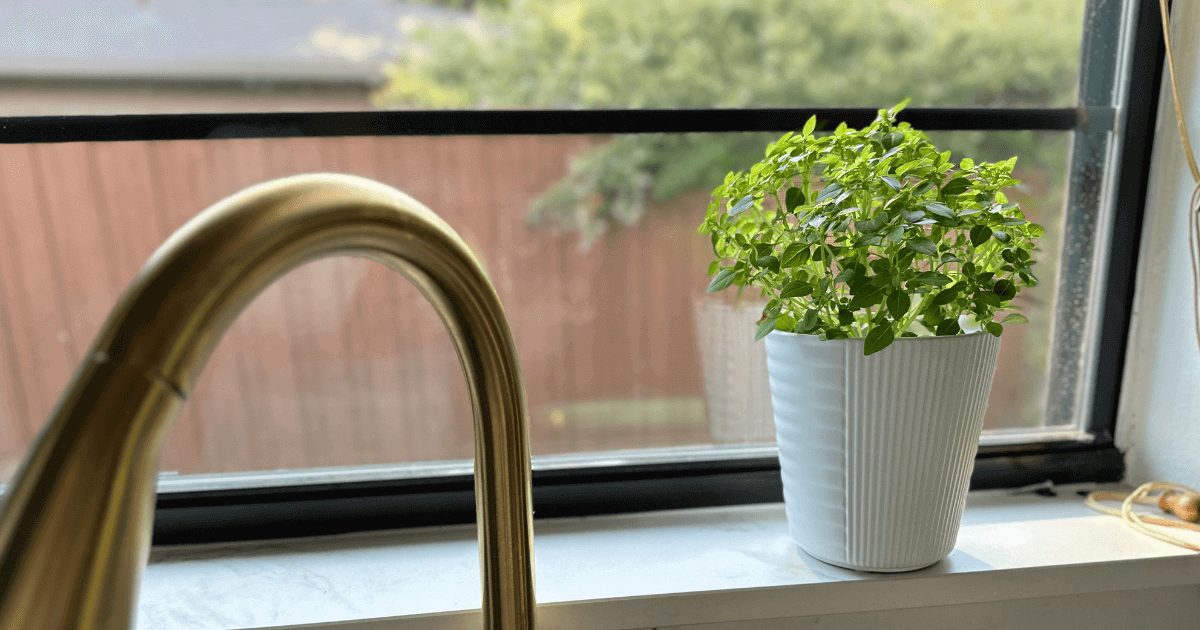
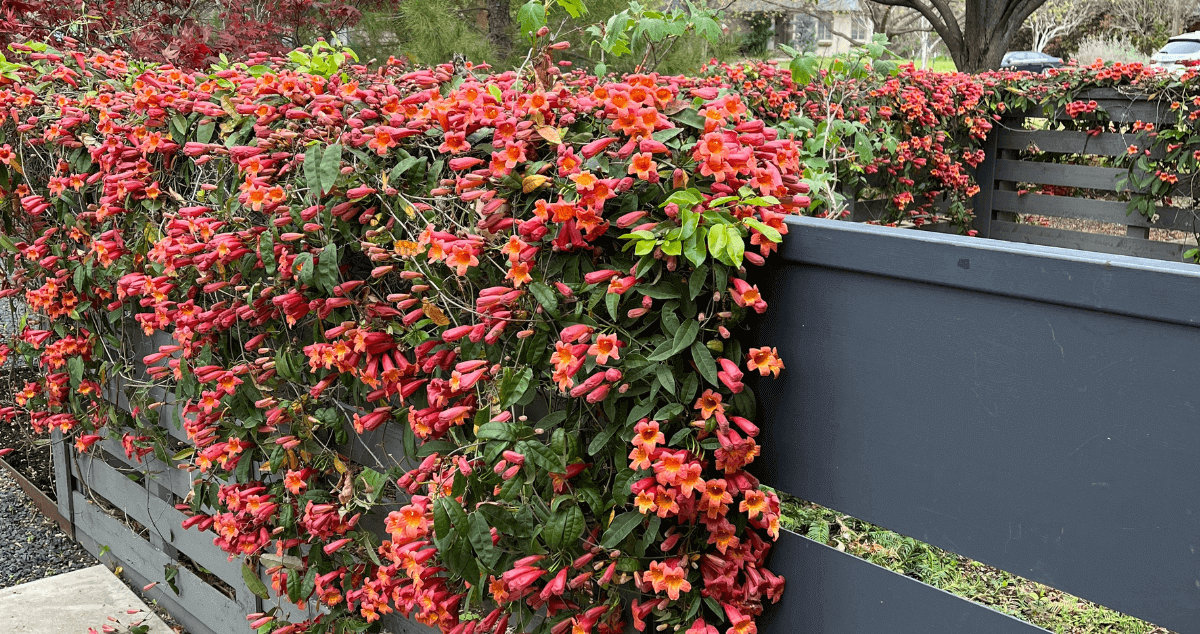
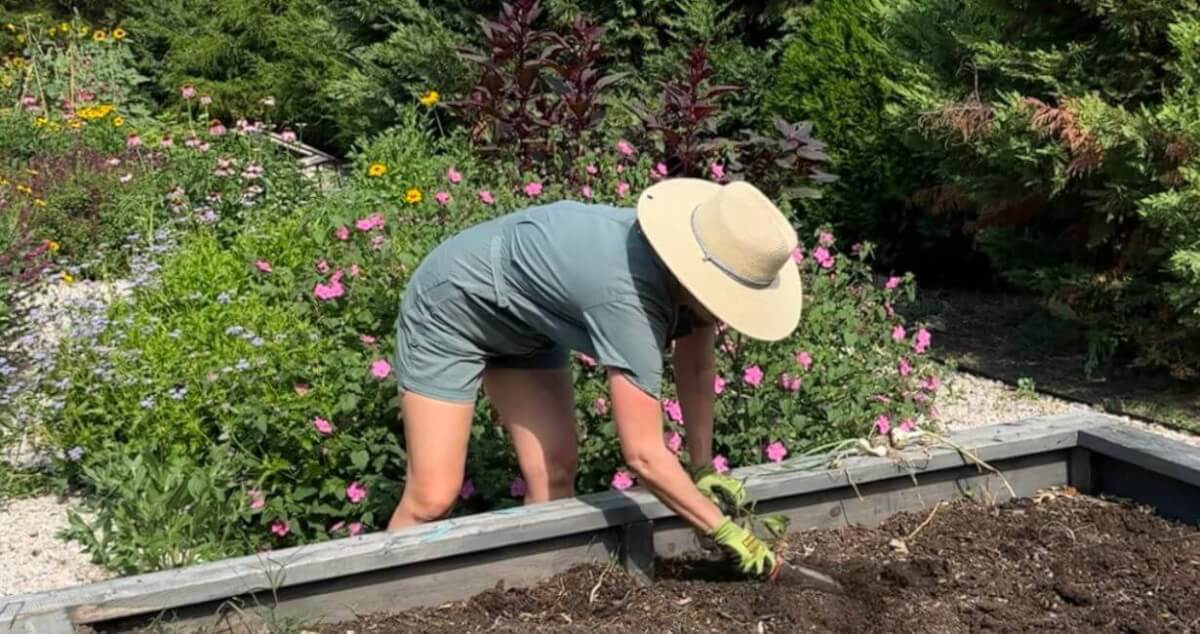
Thank you, as a transplant from Deep South Texas….plants and their watering are so different than where we have lived. Appreciate your experience!